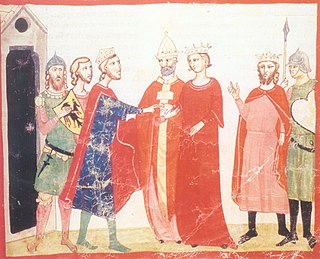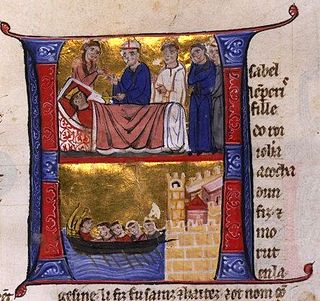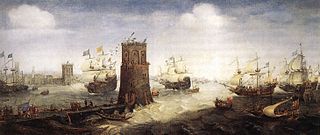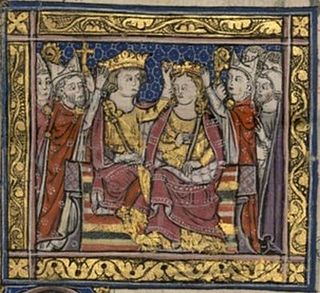
Year 1220 (MCCXX) was a leap year starting on Wednesday of the Julian calendar.

Year 1229 (MCCXXIX) was a common year starting on Monday of the Julian calendar.

Year 1238 (MCCXXXVIII) was a common year starting on Friday of the Julian calendar.

Year 1248 (MCCXLVIII) was a leap year starting on Wednesday of the Julian calendar.

Year 1221 (MCCXXI) was a common year starting on Friday of the Julian calendar.

Year 1225 (MCCXXV) was a common year starting on Wednesday of the Julian calendar.

Year 1227 (MCCXXVII) was a common year starting on Friday of the Julian calendar.

Year 1228 (MCCXXVIII) was a leap year starting on Saturday of the Julian calendar.
The 1210s was a decade of the Julian Calendar which began on January 1, 1210, and ended on December 31, 1219.
The 1220s was a decade of the Julian Calendar which began on January 1, 1220, and ended on December 31, 1229.
The 1240s was a decade of the Julian Calendar which began on January 1, 1240, and ended on December 31, 1249.

Year 1271 (MCCLXXI) was a common year starting on Thursday of the Julian calendar.

Year 1217 (MCCXVII) was a common year starting on Sunday of the Julian calendar.

Year 1218 (MCCXVIII) was a common year starting on Monday of the Julian calendar.

Year 1191 (MCXCI) was a common year starting on Tuesday of the Julian calendar.

Year 1239 (MCCXXXIX) was a common year starting on Saturday of the Julian calendar.

Year 1244 (MCCXLIV) was a leap year starting on Friday of the Julian calendar.

Year 1249 (MCCXLIX) was a common year starting on Friday of the Julian calendar.

John of Brienne, also known as John I, was King of Jerusalem from 1210 to 1225 and Latin Emperor of Constantinople from 1229 to 1237. He was the youngest son of Erard II of Brienne, a wealthy nobleman in Champagne. John, originally destined for an ecclesiastical career, became a knight and owned small estates in Champagne around 1200. After the death of his brother, Walter III, he ruled the County of Brienne on behalf of his minor nephew Walter IV.

The Fifth Crusade (1217–1221) was a campaign in a series of Crusades by Western Europeans to reacquire Jerusalem and the rest of the Holy Land by first conquering Egypt, ruled by the powerful Ayyubid sultanate, led by al-Adil, brother of Saladin.















